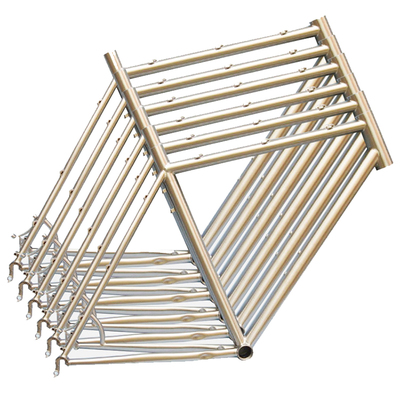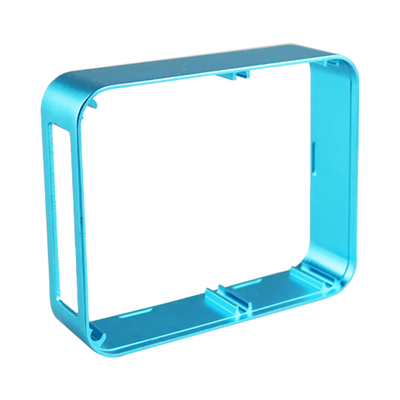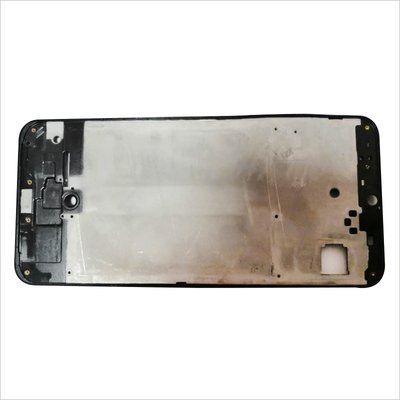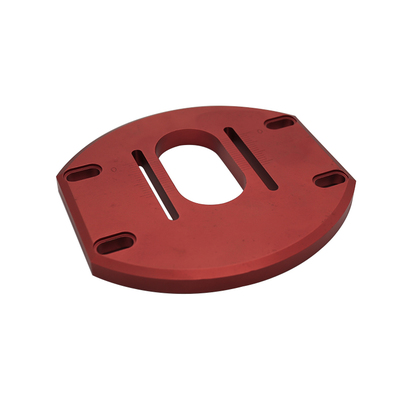Analysis of the application status and future prospects of cast aluminum alloy
Aluminum alloys refer to aluminum alloys that can be used to directly obtain parts by metal casting forming processes. The content of alloying elements in such alloys in aluminum alloy castings is generally more than that of corresponding deformed aluminum alloys.
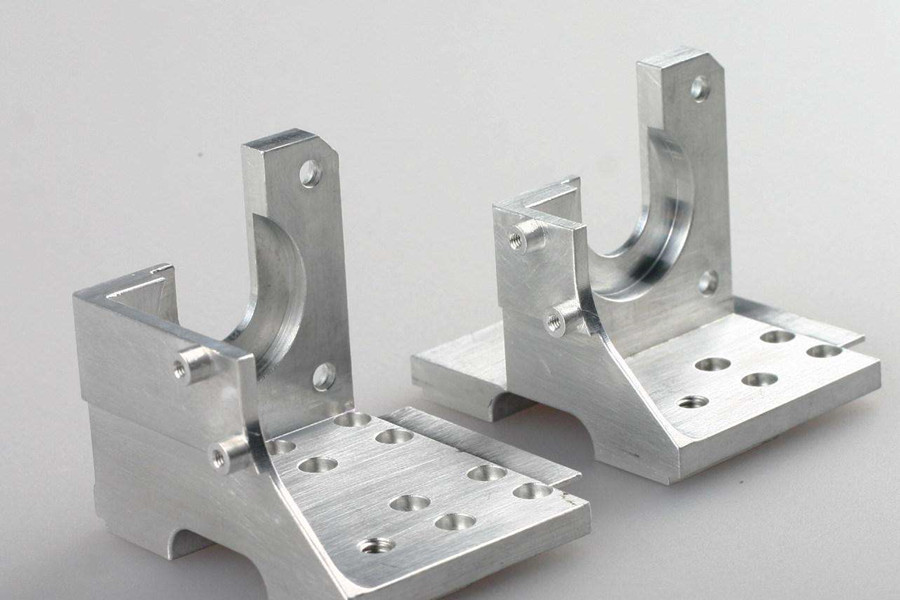
Cast aluminum alloy has good casting properties and can be made into parts with complex shapes; it does not require huge additional equipment; it has the advantages of saving metal, reducing costs, and reducing man-hours, and is widely used in the aviation and civil industries. It is used to manufacture beams, gas turbine blades, pump bodies, pylons, hubs, intake lips and engine casings. It is also used in the manufacture of automobile cylinder heads, gearboxes and pistons, instrument housings and turbocharger pump bodies.
As one of the world's largest non-ferrous metal casting production and consumption countries, non-ferrous metal casting has become an important emerging industry supporting the development of the national economy, and the aluminum alloy parts industry is the pillar of the non-ferrous metal casting industry. At the same time, as the world's largest producer of alumina and electrolytic aluminum, my country has abundant labor resources and a huge consumer market, which provides a good foundation for the development of my country's aluminum alloy parts industry. Since 2009, the output of aluminum alloy parts in my country has accounted for more than 30% of the global output, and reached 40% in 2017. my country has become the center of the international aluminum alloy casting industry.
The market concentration of my country's die casting manufacturing industry is relatively low. Most of the companies have relatively small production capacity. There are relatively few companies with scale advantages in the entire industry. Only a few companies have the ability to develop new products, use new materials, mold design and manufacturing, and precision. The overall manufacturing capacity of multiple production links such as die-casting manufacturing and CNC finishing. Therefore, the industry as a whole is difficult to obtain the synergy effect of the industrial chain in production and R&D, which is not conducive to the improvement of the overall competitiveness of the industry.
Judging from the competition in the international aluminum profile industry, China, the United States and Japan have relatively strong competitiveness. From the perspective of output distribution, about 60% of the global aluminum profile production is concentrated in China, the United States, and Japan. Unlike the United States, Japan and other countries that have basically remained stable, China's output growth has always maintained a relatively high level, accounting for more than one-third of the world's total output for many years.
At present, represented by aluminum processing developed countries such as the United States, Japan, and Germany, the aluminum processing industry has basically completed the integration process of survival of the fittest and merger and reorganization at the end of the 20th century, established multinational corporations, and carried out global production and operation. Among them, the most typical is Alcoa, which covers almost all types of aluminum processing materials, and has branches in major regions around the world, with an annual aluminum processing material capacity of nearly 2 million tons; and Japanese and German aluminum processing companies as examples On behalf of, lead the world's aluminum processing to the direction of high-precision, leading the world in the development and production of beverage can plates and high-end PS plate substrates.
Transportation aluminum is currently the second largest demand area for aluminum. Except for 2009, the growth rate of transportation aluminum has always remained above 10%, which is one of the fastest growing areas in the downstream aluminum industries.
Automotive aluminum can be divided into four parts, passenger cars, commercial vehicles, export auto parts and others, of which passenger cars account for 60%, which is the main factor affecting automotive aluminum. Rail transit includes high-speed rail and subway. In urban rail transit, 6 to 12 car bodies are required per kilometer. Each aluminum alloy vehicle weighs about 6-7 tons, and the aluminum alloy material for interior decoration is about 750kg/car.
From the perspective of the subway, during the 13th Five-Year Plan period, the operating mileage of high-speed railways will reach 30,000 kilometers, and the new high-speed railway mileage will reach 11,000 kilometers in the next five years, that is, during the 13th Five-Year Plan period, a compound growth rate of 10% will still be maintained. From the perspective of the subway, the current rail transit has reached more than 3,300 kilometers, and it is expected to reach 6,000 kilometers during the 13th Five-Year Plan period. During the 13th Five-Year Plan period, a compound growth rate of about 12.7% will be maintained. At present, more than 80% of urban rail vehicles use aluminum. Alloy car body. In addition to high-speed rail and subway, the demand for aluminum in C80 coal trucks, ships, containers and other industries will remain stable. In summary, the transportation industry will continue to maintain rapid growth in the future.
In the power industry, aluminum is mainly used for wires and cables, transformer coils, induction motor rotors, bus bars, etc. In the electronics industry, aluminum is mainly used for 3C product shells and internal brackets and electronic appliances. Since 2008, aluminum consumption in the power electronics industry has increased from 1.94 million tons to 6.8 million tons in 2017, with a compound annual growth rate of 15%. With the recovery of China's power grid infrastructure investment growth rate and the continuous increase in the penetration rate of metal casings in the consumer electronics industry, the demand for aluminum in the power electronics industry will continue to maintain rapid growth.
In addition to the three major downstream needs of construction, transportation and electronics and electricity, machinery and equipment, durable goods, packaging and the other four industries together account for 25% of aluminum demand. Aluminum used in machinery and equipment is widely used in textile machinery, medical equipment, instruments and molds. The application of aluminum in the durable consumer goods industry is mainly concentrated in household appliances such as air conditioners and refrigerators. Others include cooking utensils, furniture, lighting fixtures, and toys. The applications of the packaging industry are mainly food and beverage (aluminum used accounts for more than 75% of the aluminum used for packaging), cigarettes, and pharmaceutical packaging.
In addition, aluminum materials used in other industries include printing, steelmaking, luggage, hardware and other industrial products. It is estimated that the demand of these 4 industries will maintain a compound growth of about 7%.
Link to this article: Analysis of the application status and future prospects of cast aluminum alloy
Reprint Statement: If there are no special instructions, all articles on this site are original. Please indicate the source for reprinting:https://www.cncmachiningptj.com
 PTJ® provides a full range of Custom manufacturer of precision fabricated parts made from aluminum parts, brass parts, bronze, copper parts, high yield alloy, low carbon steel investment casting, high carbon steel and stainless steel alloy. Capable of handling parts up to +/-0.0002 in. tolerance. Processes include cnc turning, cnc milling, laser cutting,.ISO 9001:2015 &AS-9100 certified.
PTJ® provides a full range of Custom manufacturer of precision fabricated parts made from aluminum parts, brass parts, bronze, copper parts, high yield alloy, low carbon steel investment casting, high carbon steel and stainless steel alloy. Capable of handling parts up to +/-0.0002 in. tolerance. Processes include cnc turning, cnc milling, laser cutting,.ISO 9001:2015 &AS-9100 certified.
Tell us a little about your project’s budget and expected delivery time. We will strategize with you to provide the most cost-effective services to help you reach your target,You are welcome to contact us directly ( [email protected] ) .

- 5 Axis Machining
- Cnc Milling
- Cnc Turning
- Machining Industries
- Machining Process
- Surface Treatment
- Metal Machining
- Plastic Machining
- Powder Metallurgy Mold
- Die Casting
- Parts Gallery
- Auto Metal Parts
- Machinery Parts
- LED Heatsink
- Building Parts
- Mobile Parts
- Medical Parts
- Electronic Parts
- Tailored Machining
- Bicycle Parts
- Aluminum Machining
- Titanium Machining
- Stainless Steel Machining
- Copper Machining
- Brass Machining
- Super Alloy Machining
- Peek Machining
- UHMW Machining
- Unilate Machining
- PA6 Machining
- PPS Machining
- Teflon Machining
- Inconel Machining
- Tool Steel Machining
- More Material

